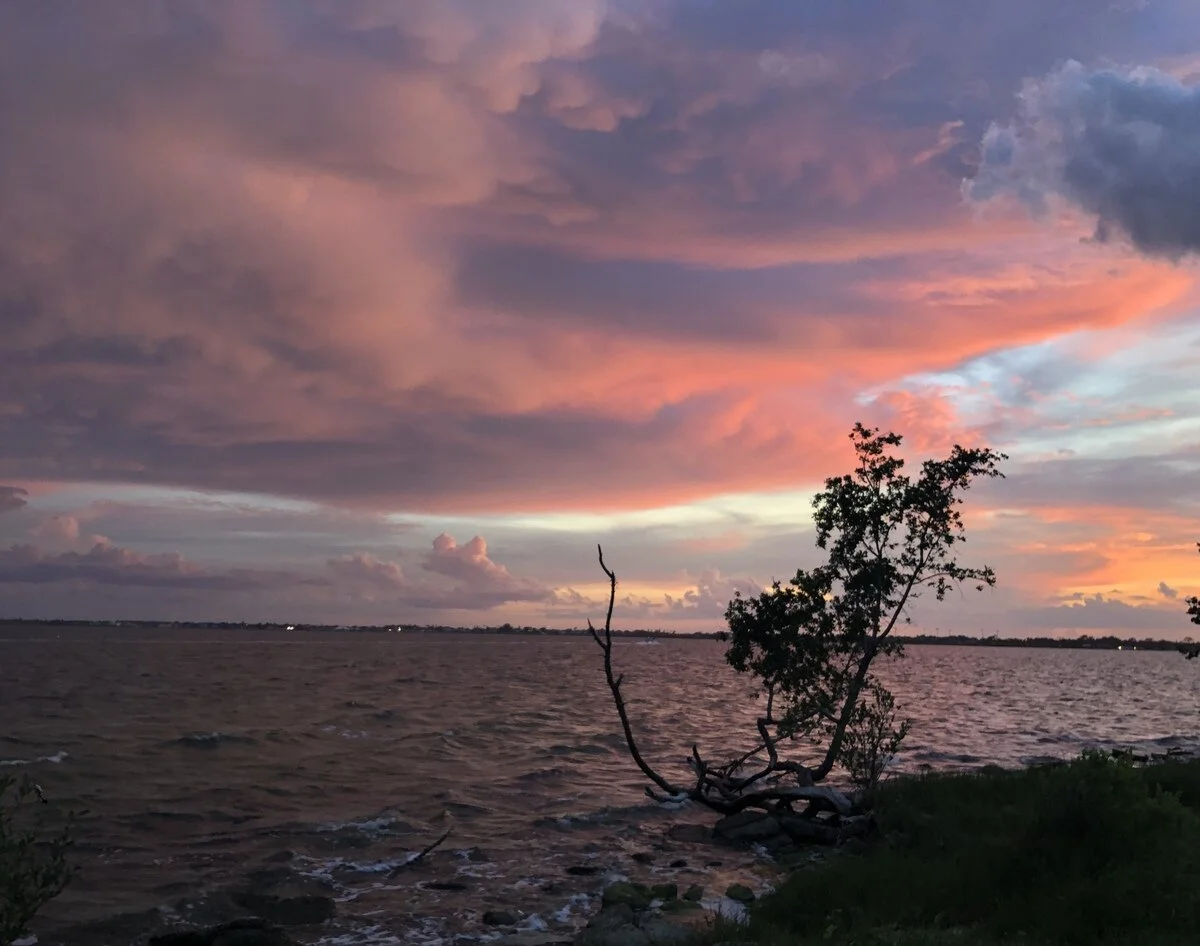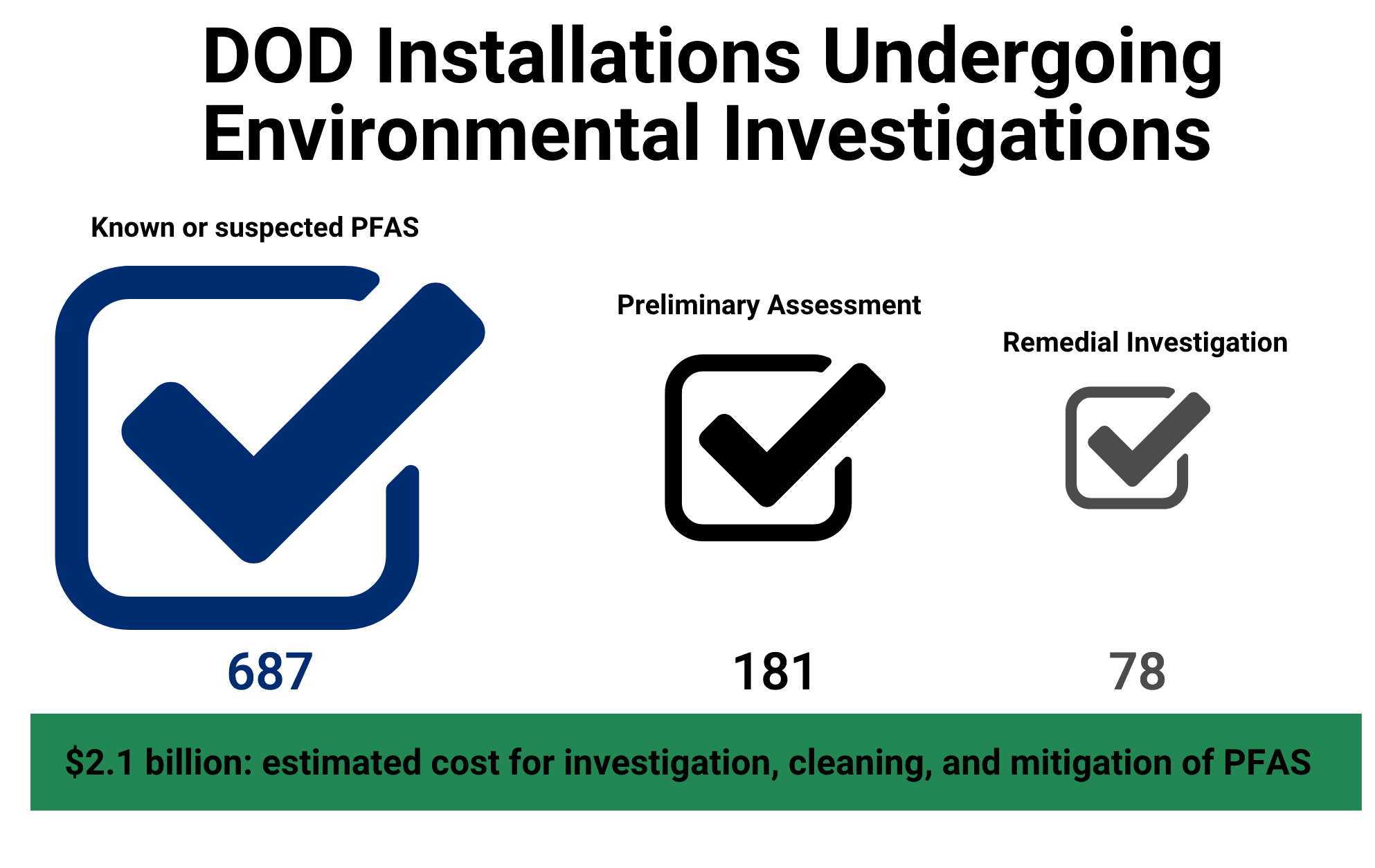University of Florida Partners with Brevard County Nonprofit to Better Understand “Forever Chemicals”
Sunset on the Indian River Lagoon near Merritt Island Florida. (Photo credit: Madison Tuttle)
Florida’s Space Coast, which runs 72 miles from Mims to Palm Bay along Florida’s east-central coast, is widely known for its beaches and rocket launches, but researchers at the University of Florida have confirmed the area is also home to large quantities of “forever chemicals,” known as PFAS (per- and polyfluoroalkyl).
PFAS [pronounced PEA-fass] are human-made chemicals that are present in common consumer items like paint, cleaning products, and products used in manufacturing. PFAS linger in the environment and the body for many years and may lead to long-term negative health effects. According to the CDC, the extent of short and long-term health effects from prolonged PFAS exposure are unknown, but research suggests that the chemicals may lead to health outcomes like cancer and high cholesterol. More studies are needed to fully understand how PFAS affect health.
Katherine Deliz Quinones, PhD, an assistant professor at the University of Florida, says she hopes a University study on how PFAS moves in waterways during severe weather events will help mitigate community contamination risks. “We want to understand how the community interacts with the environment, so we have a very targeted solution,” Deliz Quinones says. “These models will help us better predict what potential exposures are so we can reduce those risks.”
Most people in the United States have been repeatedly exposed to PFAS, but in 2018 the Department of Defense collected data that showed PFAS levels were between 71 and 4.3 million parts per trillion in the groundwater of Patrick Air Force Base. All samples collected at Patrick were above the EPA’s Lifetime Health Advisory of 70 parts per trillion. Just a couple hours up the coast in nearby Jacksonville, the groundwater levels all exceeded the EPA’s recommendations with levels between 3,400 and 1.4 million.
On June 22, the Government Accountability Office (GAO) released a report on the status of 687 DOD installations that are undergoing environmental investigations. The DOD, who have completed preliminary inspections of 259 of these military facilities, estimates their investigation, cleaning, and mitigation efforts against PFAS will cost at least $2.1 billion.
Infographic by Kylia Ahuna.
According to the EPA, communities may be exposed to PFAS if a water supply has been contaminated. This can happen from various scenarios, but in the case of Brevard County firefighting foam used within government facilities is believed to be the main source of contamination.
“Forever chemicals” have been around since the 1940s and were commonly used in firefighting foams on military and government installations across the country. The Space Coast is no exception. This region of Florida presents a unique case study for researchers because of the large DOD and NASA presence (both still contaminated by PFAS).
The Space Coast sits on the Atlantic Ocean but also has a series of rivers and lagoons running down 70 miles of coastline. Because of this geography, the University of Florida team is looking at how these chemicals spread in the event of severe weather events such as floods and hurricanes, which are common in the area.
Over the past seven years, a local nonprofit called Fight for Zero has taken up numerous environmental causes to protect both the community and the area’s abundant marine life.
After local concern about the emergence of a possible cancer cluster, Fight for Zero formed in 2014. It has helped a group of community members-turned-citizen-scientists in Brevard County to collect water samples. In a 2019 report, the Brevard County Cancer Assessment found evidence of higher numbers of bladder cancer and leukemia in the area, but this did not meet the criteria of a cancer cluster.
According to the CDC, a cluster is defined as, “A greater-than-expected number of cancer cases that occurs within a group of people in a geographic area over a period of time.” In a press release, Fight for Zero questioned the methodology of the assessment saying, “Even though the evaluation of possible cancer clusters is important, it is extremely challenging to identify, especially when the level of data collected is too inadequate to paint a high-resolution picture. This is the 21st century; we can do better.”
After the DOD released a report in 2018 detailing the PFAS contamination in the areas surrounding Patrick Air Force Base (now Space Force base), Fight for Zero helped spark an investigation by the federally funded Formerly Used Defense Site (FUDS) program. FUDS is responsible for overseeing that once federally controlled land is environmentally restored after use.
The DOD report, along with other findings, led to the University of Florida receiving almost $900,000 in funding from the EPA to conduct a three-year study of Brevard County. The researchers are currently one year in and over the next two years, the team at the University of Florida will continue to collect and analyze data to understand the risks and manage the spread of PFAS within the county.
“We want to know which communities are most vulnerable to this combination of flooding, risk, and PFAS exposure risk,” said Eric Coker, PhD, assistant professor at the University of Florida.



